The internal sensor for the motherboard is giving out an invalid value for the temperature, causing the fan to go on full. The computer is exactly 10 days out of warranty.
It's a 4 Pin 12v PWM fan. Is there anything I can do to manually control the speed myself with a potentiometer, or can I use a third party PWM controller mounted externally?
The fan would barely reach 50% when working properly. Currently computer is simply too noisy to be used. All other software/bios fixes have been applied but have not worked.

